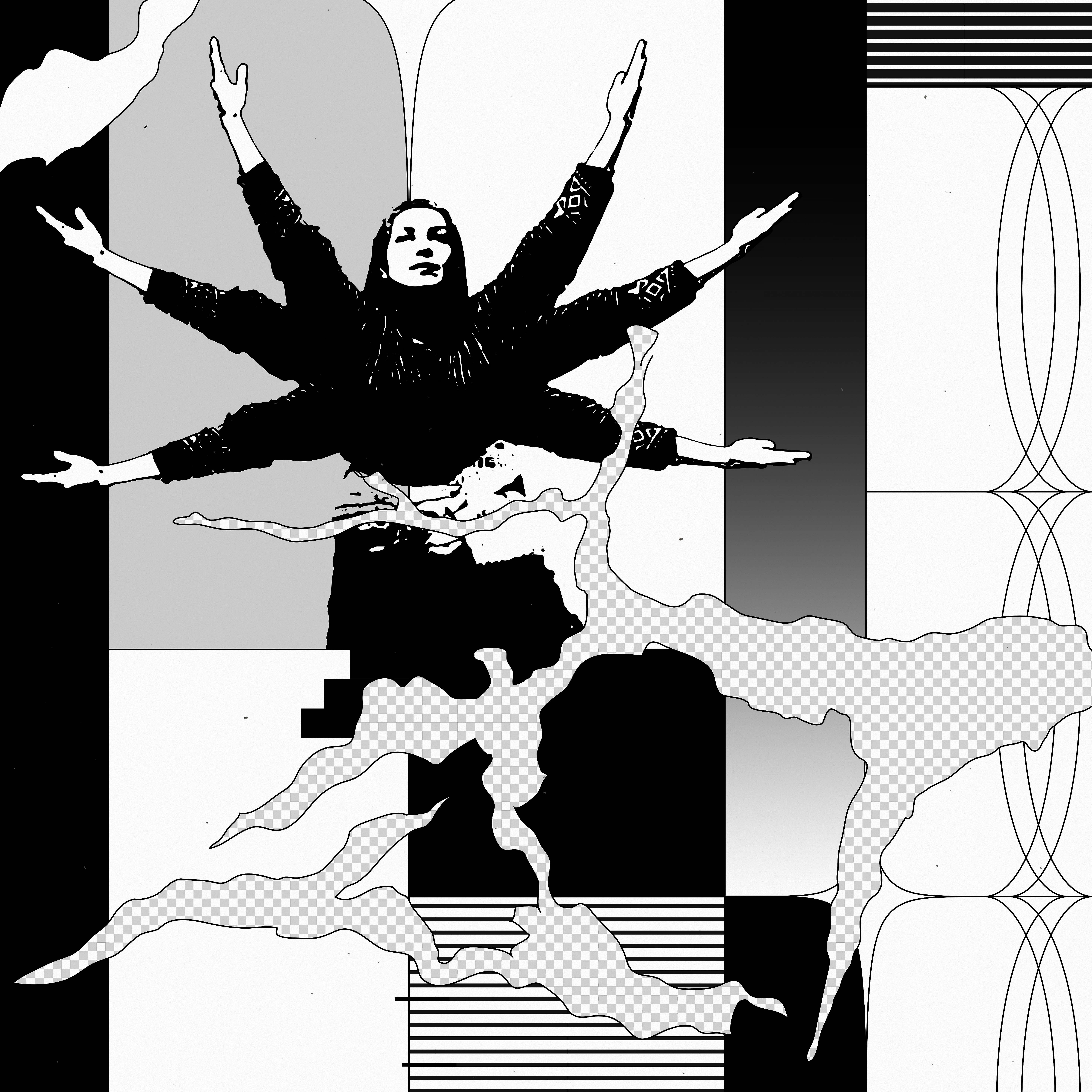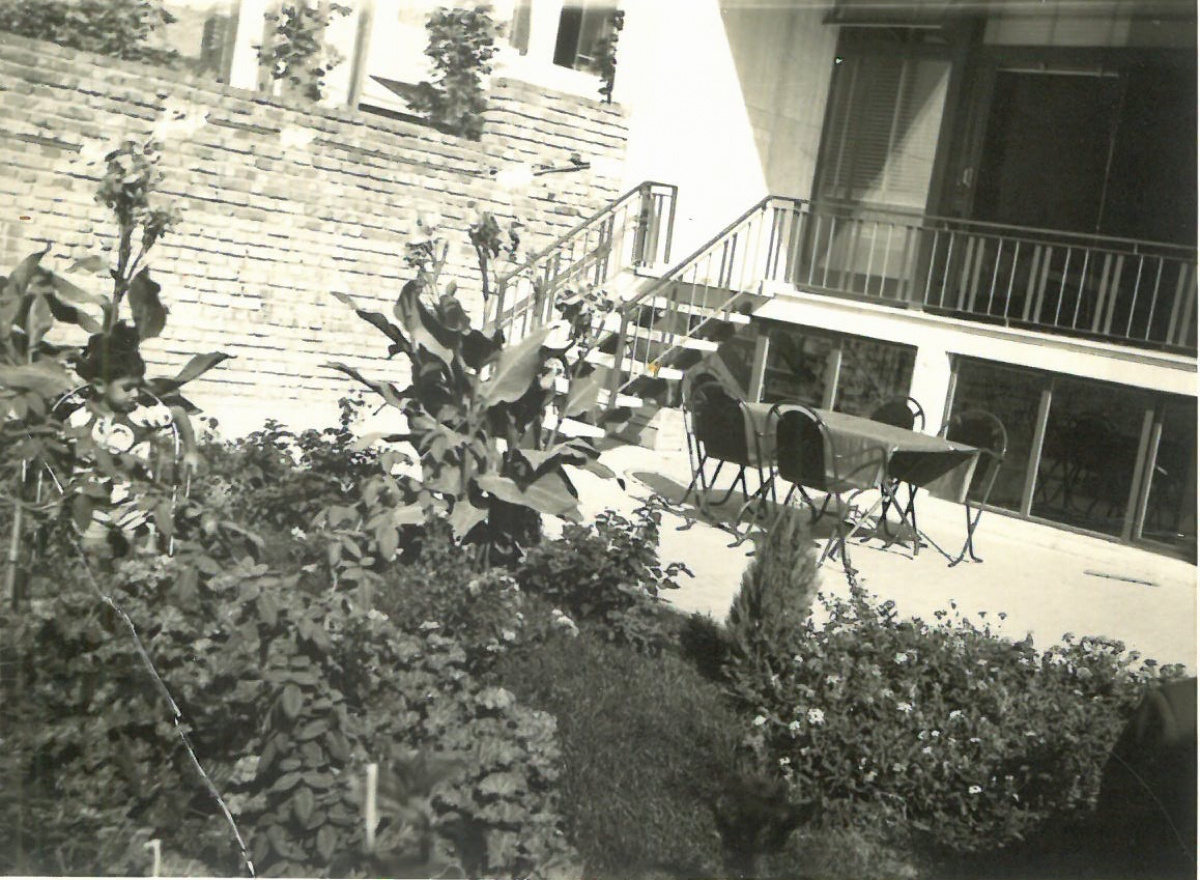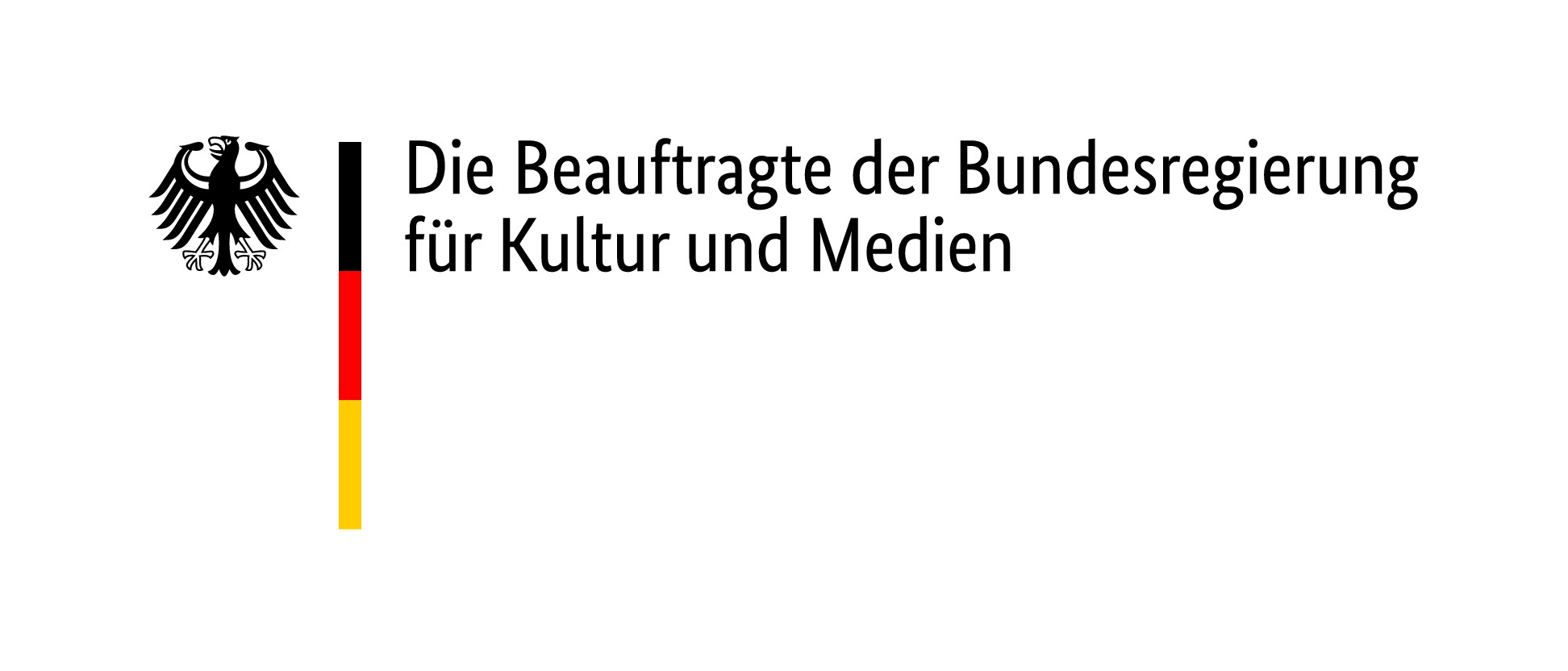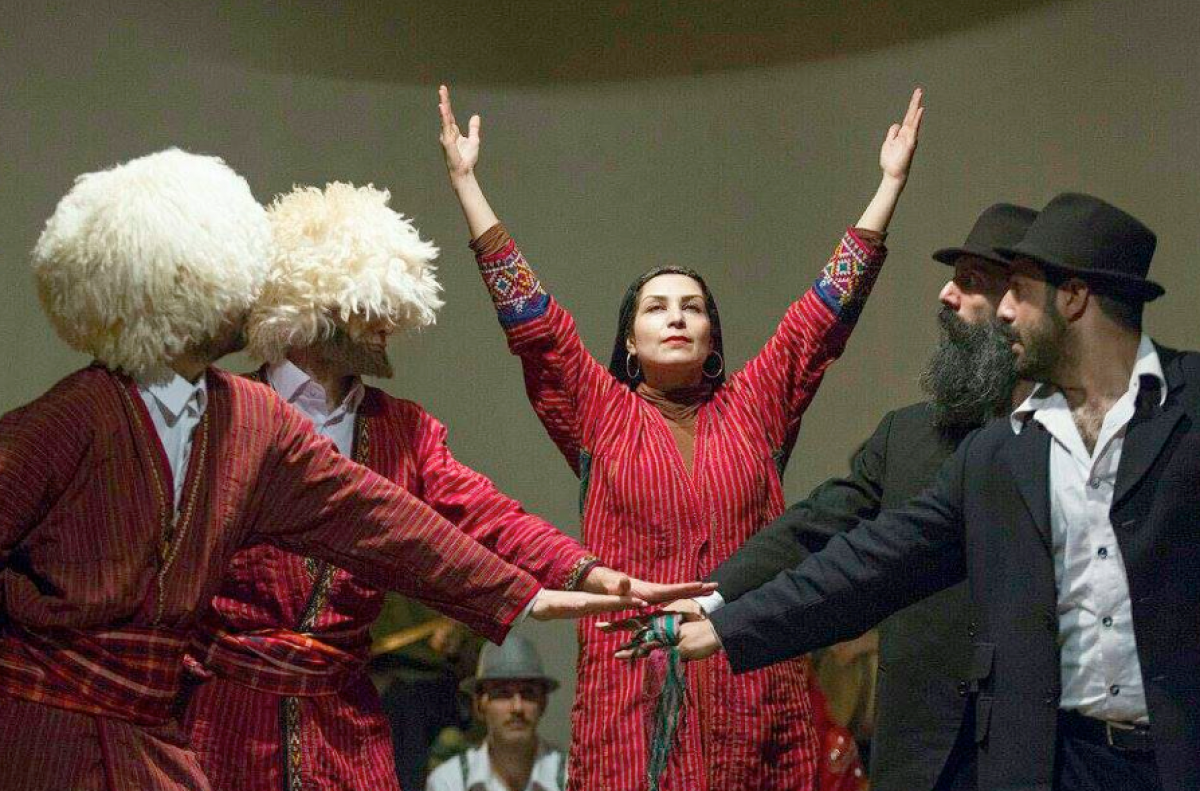
Diaspora Comes Home
Musical culture has a long and varied history in Iran. Its musical past comprises court musicians in ancient palaces, diverse indigenous villagers in remote communities, and devotional Sufi mystics. Meanwhile, urban classical performers, rural folk artists, and pop starlets populate the face of the 20th century musical culture. Today’s global music scene is more diverse than ever, featuring subcultures developed by artists in wide-reaching diasporic communities, as well as artists who work in Iran, both in the public sphere and the underground. Here is a round-up of Iran’s cosmopolitan classical musical culture.
This text (written in April 2022) addresses Iranian musical culture in the period preceding Mahsa Amini’s death in November 2022. Since then, restrictions on Iranians (and musicians in particular) have increased dramatically, largely to suppress the cosmopolitan outlook reflected herein. The perspectives represented in this article, thus, do not capture the current situation of musicians in Iran.
Popular narratives about post-revolution Iran often highlight musicians who emigrate and enter the diaspora permanently, in order to evolve their musical craft. Some artists do fit this picture, especially earlier generations who left Iran after the 1979 revolution. In the 1980s, some 50,000 or so Iranians resettled in the greater Los Angeles area, establishing a thriving and distinct musical subculture colloquially referred to as «Losangelesi» (Breyley and Fatemi 2016, Shay 2000). Nonetheless, the vision of the diaspora musician as someone who leaves Iran permanently to set up shop elsewhere seems oddly out of sync with the ethos embraced by today’s emerging artists. Many carve out careers straddling diasporic and Iranian contexts, opting to reject narratives that make them choose between Iran and the diaspora. Interestingly, this is nothing new, since a brief glance at Iran’s history reveals a cosmopolitan thrust at its core that has persevered throughout the last few centuries and continues to be embraced today (Naqvi 2017).
Cosmopolitan Pioneers
The Qajar era (1796–1925) was a relatively cosmopolitan period for Iranian arts, marked by substantive cultural exchange between Iran and Europe. Iranian scholars who traveled to Europe were motivated to bring Iranian culture into dialogue with the international arena (Ringer 2013). Classical musician Ali-Naqi Vaziri wrote the first transcription of Iranian music using European staff notation in his lute instruction book Dastur-e Tar, published in Iran (1913) and Germany (Vaziri 1923). It contained material from the Iranian oral classical canon (known as the radif), as well as arrangements inspired by composers like Beethoven, Rossini, and Schubert (Nettl 1992, Nooshin 2015). Vaziri emulated this intercultural ethos – dubbed the «modernizing» agenda – in his music school, established during the final year of the Qajar dynasty’s rule. Vaziri’s approach to music education reflects the era’s popular motivation to embrace European artistic contexts whilst championing Iranian arts and their expansion within Iran (Nooshin 2015, Ringer 2000).
Subsequent decades were marked by more radical musical reform, swinging between a pro-European thrust in the 1950s (Meftahi 2016), and a «return to roots» movement in the 1980s, which sought to reclaim Iranian music from European influences (Nooshin 2014). Around this time, many musicians left Iran permanently to pursue careers in diaspora. Among those who remained in Iran, pioneers like Mahsa Vahdat soon began experimenting with producing both inside and outside Iran in the 1990s and early 2000s, subverting the idea that diasporic and Iranian music cultures needed to be mutually exclusive. At the time, Iran’s regulation policies favored instrumental music over vocal music, so Vahdat released instrumental music in Iran and vocal music in the diaspora (Naqvi 2019). While many of this era’s prominent artists did eventually emigrate permanently, newer artists seem reluctant to do so, opting to straddle Iranian and diasporic contexts alike, rather than pick one or the other.
New Wave Experimentalists
Tehran-born composer Aftab Darvishi, who studied music in both Iran and the Netherlands, reflects this intercultural ethos. She composes for film, television, and theater in the Netherlands, while also producing and teaching music in Iran. Like Vahdat, she collaborates with international artists like the Kronos Quartet (who have released albums with both Vahdat and Darvishi). Recalling the intercultural openness embraced by 19th century artists like Vaziri, Darvishi experiments with fusion styles integrating indigenous instruments, as in her 2010 film score Nostalgia, composed for piano and kamanche (Iranian spike fiddle). Speaking about her 2019 Tehran premiere of Turan Dokht (named after the Iranian classical story that inspired Puccini’s opera Turandot), Darvishi highlights her ongoing desire to produce for audiences in Iran:
«I went to the Netherlands in 2010 to study composition and studied film and drama in Amsterdam. (…) I have always been very interested in interdisciplinary as well as intercultural work. At the same time, I met [Dutch director] Miranda Lakerveld by chance. She has a cultural institute in the Netherlands that focuses on performing intercultural arts, and so our collaboration began. In fact, before Turan Dokht, we had another collaboration in which we used parts of the works of classical composers for her music, and I wrote the part. Fortunately, it was well received, so I suggested we do something bigger in Iran, and from then on, the idea of Turan Dokht was formed.»
Other young Iranian artists, including Nima Rowshan and Arshia Samsaminia, reflect similar inclinations. Both composers have staged internationally renowned productions in Europe, but also maintain a strong foothold in Iran’s contemporary music scene, much like the Dastgam Association (an experimental music theater collective who blend Indigenous dances and traditional storytelling with international influences like ballet and mime). Director Hersh Armand explains that the group’s projects in diaspora motivated them to develop Gondbadgah (2017), staged in downtown Tehran’s Da Theater:
«In 2016 we developed a series of traditional dances for a cultural festival in France. When we performed in France, the response was amazing. Persian people stopped us in the street, reciting old rhymes and bits of songs they knew – and this is what we want, for our culture to be understood and enjoyed. So, we decided to work on something for here [Tehran]. We want traditional dance to be recognized in the theater scene, move people [bereh to dele mardom], and speak to contemporary Iranian audiences.» (Naqvi 2020)
Like Darvishi, Rowshan, and Samsaminia, Armand still produces in Iran today.
Such artists betray a growing trend, one that – curiously enough – echoes the Qajar era’s cosmopolitan values, embodying a somewhat different «return to roots» movement than the 1980s saw. Despite the international allure of diasporic contexts and their promised opportunities, today’s young musicians seem increasingly keen to keep their feet firmly planted in Iran, embracing projects that bring their diasporic experience home, and continuing to participate in Iran’s thriving cultural sphere.
List of References
This text is part of the Norient Special «Klangteppich: Voices from the Iranian Diaspora and Beyond», published in the run-up to «Klangteppich: Festival for music of the Iranian diaspora IV». The Special was curated and edited by Franziska Buhre. More on the projects and artists can be found here.
Klangteppich IV is funded by the Kulturstiftung des Bundes (German Federal Cultural Foundation). Funded by the Beauftragte der Bundesregierung für Kultur und Medien (Federal Government Commissioner for Culture and the Media) and the Co-Financing Fund Berlin.
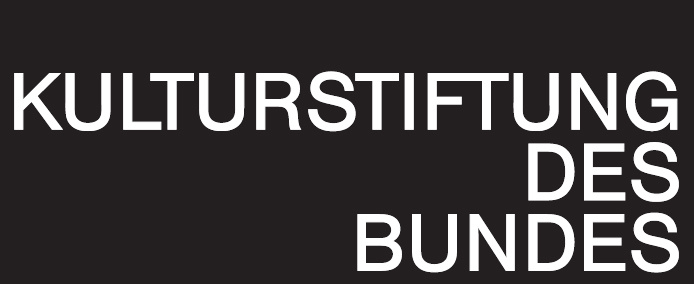
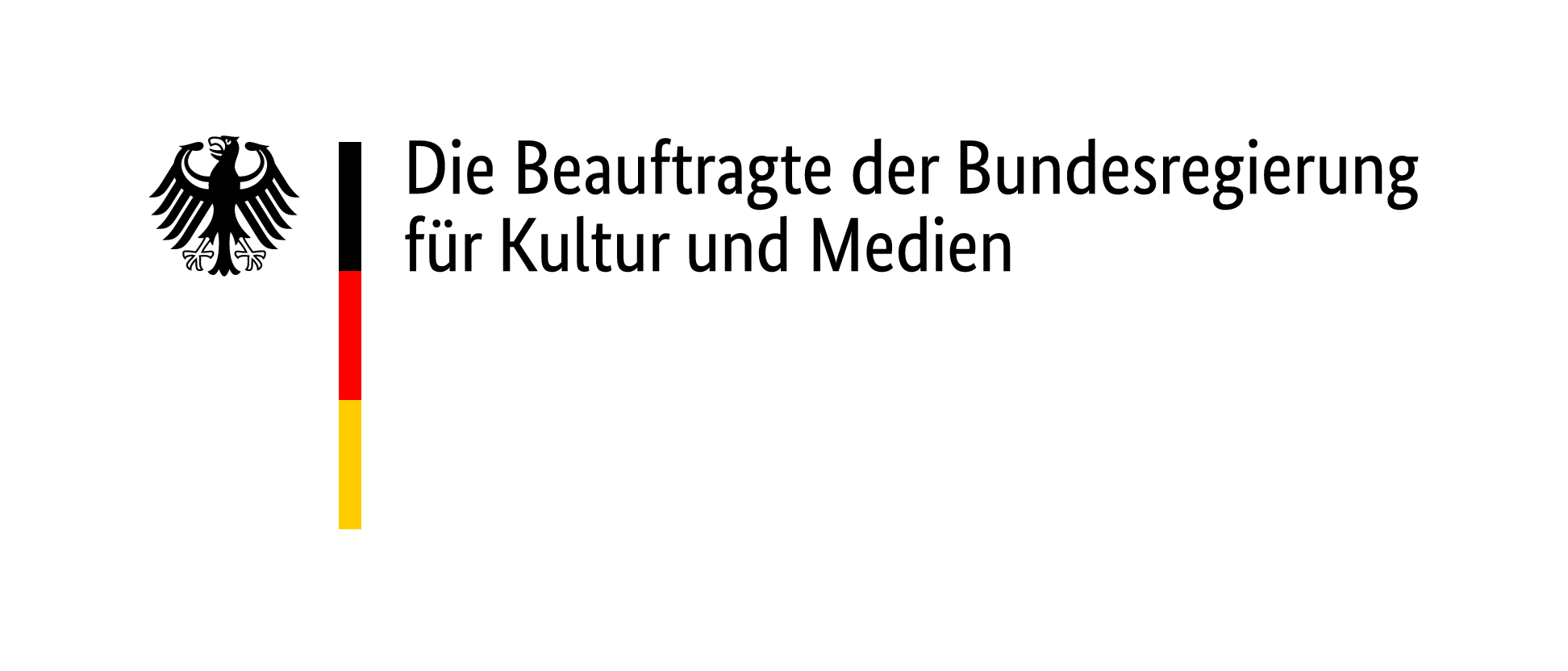

Biography
Links
Published on May 19, 2022
Last updated on March 28, 2023
Topics
Special
Snap
